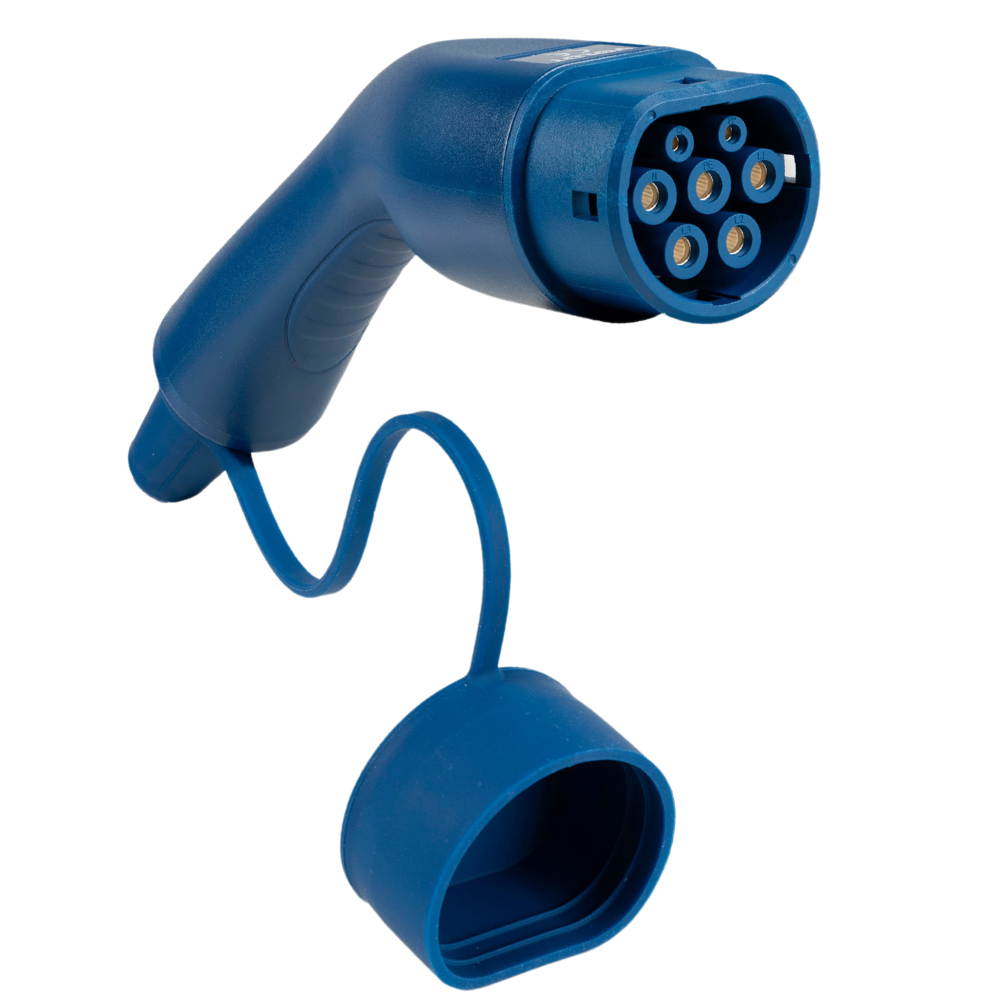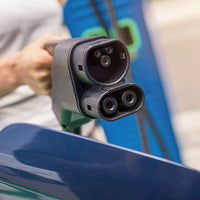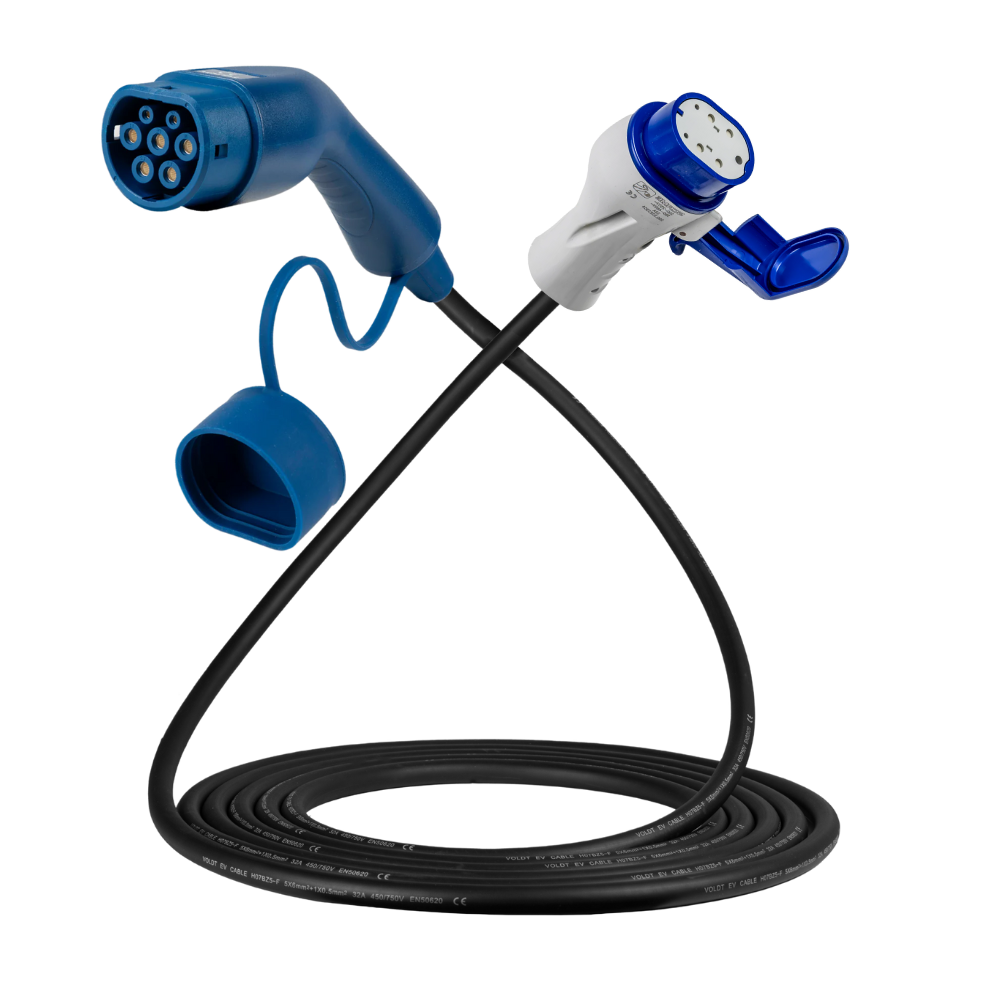






Dieses Ladekabel ist für Ladestationen mit einer Typ-3-Steckdose und für alle Elektroautos mit einem Typ-2-Anschluss geeignet.

Aufladestation Steckdose
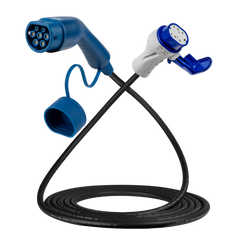
Typ 2 - Typ 3 | Mode 3 | 32a | 22kW Ladekabel
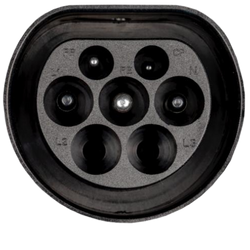
Auto Steckdose





Typ 2 - Typ 3 | Mode 3 | 32a | 22kW Ladekabel Spezifikationen
Was Kunden über dieses Produkt sagen


Sie sind sich nicht sicher, welches Kabel Sie benötigen?


Voldt's Dienst



Ähnliche Produkte





